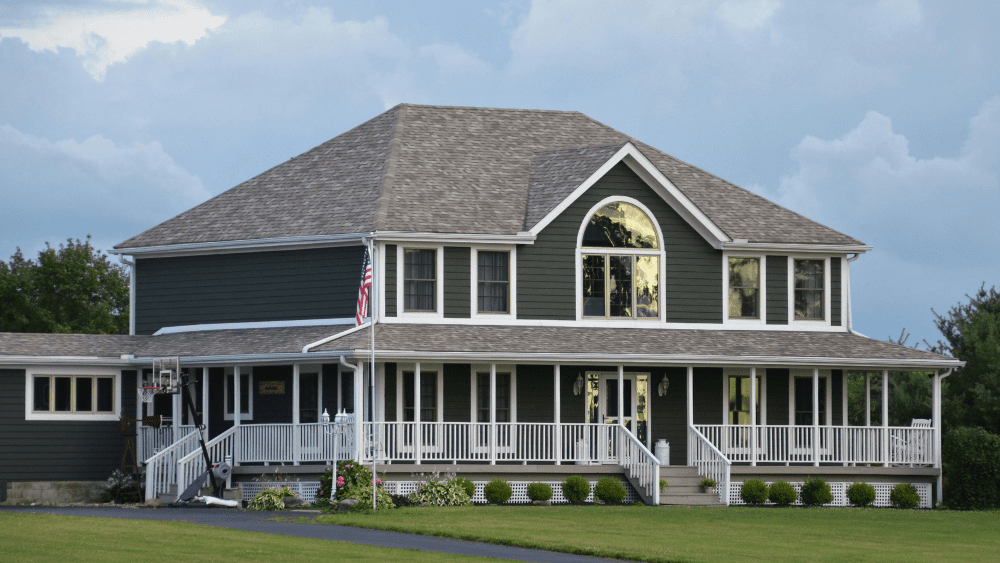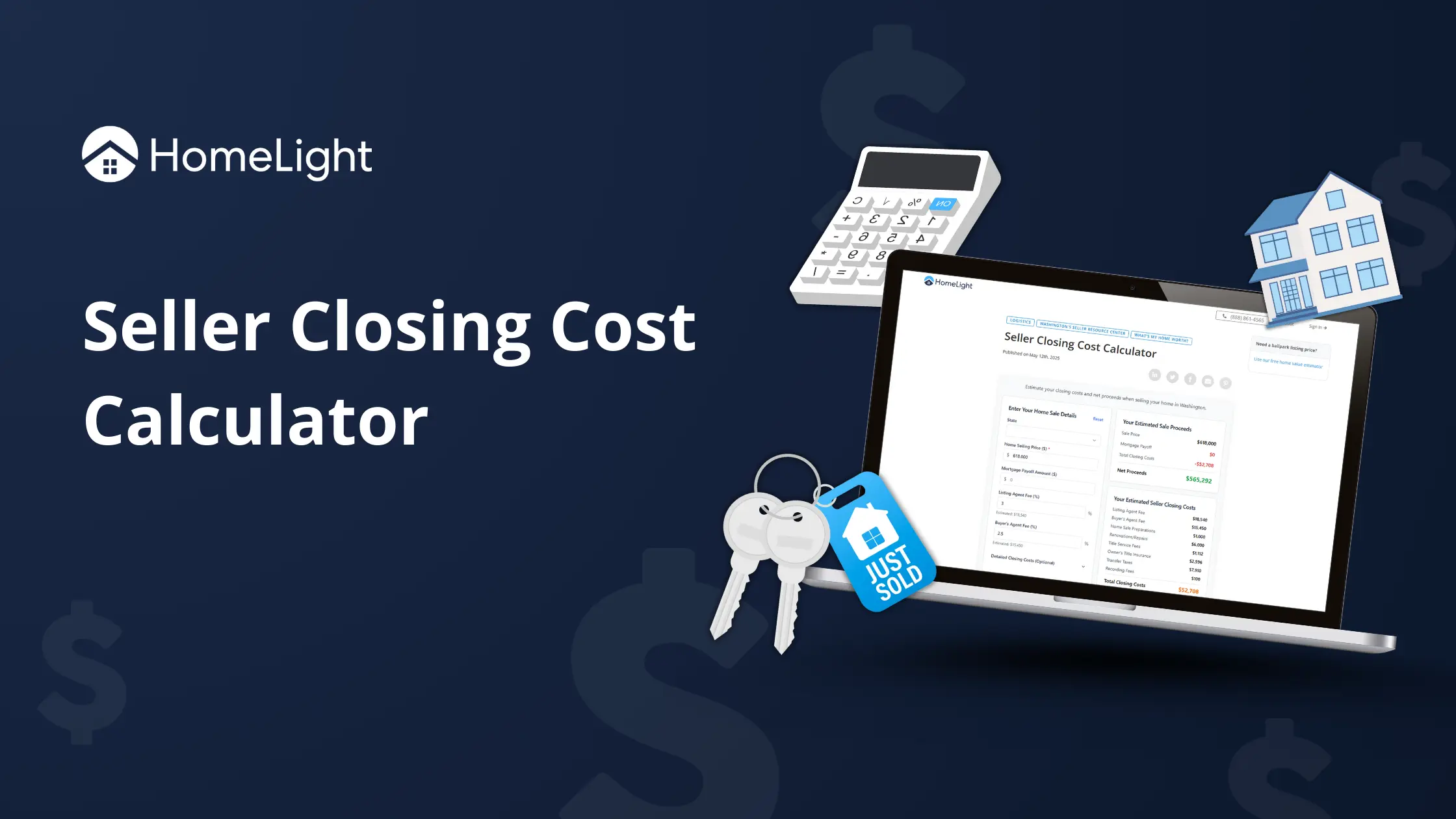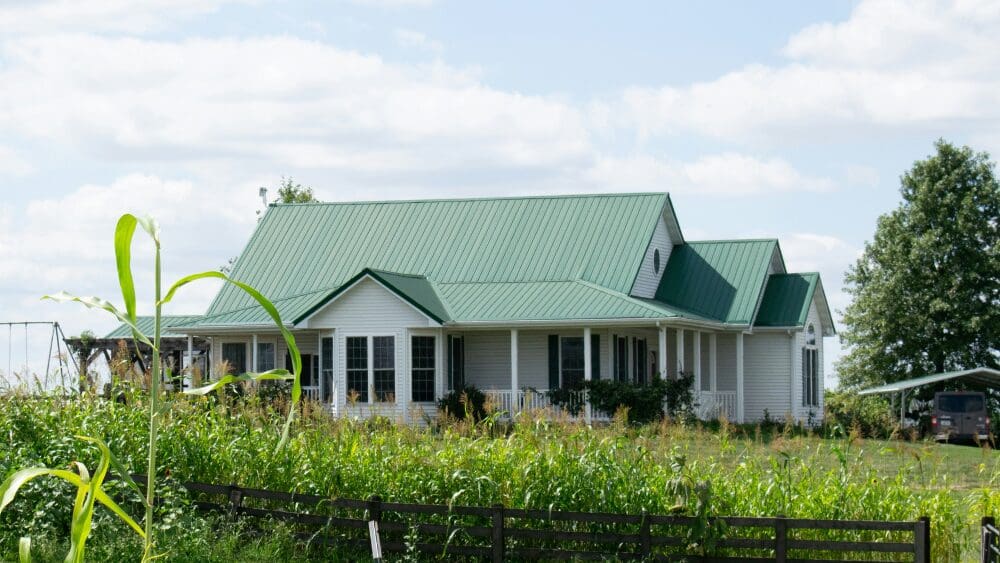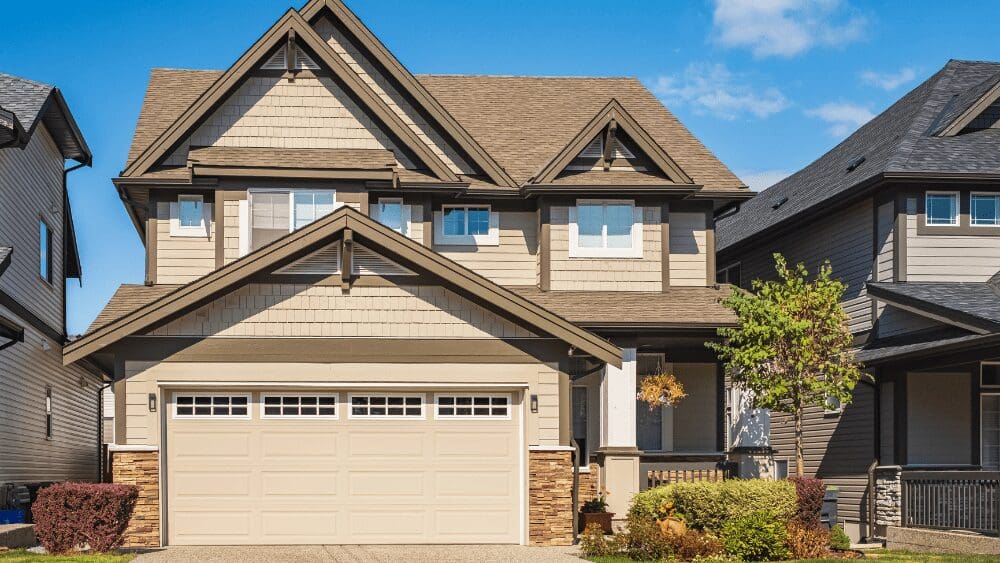
The word “appreciate” can be defined as the act of recognizing something is valuable or important. Another form of the word means something increases in value. Both meanings can apply to a home. But when it’s time to sell or borrow, what does it mean if your home appreciates? In this post, we’ll help you gauge the growth of your home’s value. We’ll also show you how houses have appreciated over the years for comparison, and provide 19 specific ways you can boost property value.
When your home appreciates, it means the value of your property increases over time, leading to a larger profit when sold. Your home’s appreciation rate is typically tied to market trends, neighborhood growth, and home improvements. In short, the more your home appreciates, the more equity you have in it. This increase in value is what every homeowner wants — giving you more options when it comes to future financial decisions, like selling, refinancing, or taking out a home equity loan. U.S. home prices have increased by an average of 4.63% annually, based on Trading Economics’ House Price Index from 1992 to 2024. Looking back even further, homes in the U.S. have appreciated by about 3% to 5% per year. Appreciation rates reached an all-time high of 19.10% in July 2021 and a record low of -10.50% in November 2008. The graph below shows the final 4th-quarter seasonally adjusted price appreciation rates each year for the past decade. In some areas, homes may appreciate at much higher rates, while others might see slower growth or even stagnation. For instance, cities with booming job markets or limited housing supply often see faster appreciation. As with any physical asset — a house, car, boat, or RV — the care you give it plays a big role in what others think it’s worth. However, there are also things that may be outside of your control that contribute to a home’s appreciation over time. Here’s a look at the key factors that affect a home’s value. Of these five, the two factors you can actually influence are the “condition” and “size” of your home. You can invest in upgrades or add livable space to increase its value. Next, let’s look at some examples of things you can do to add to your home’s appreciation rate. To learn more, see our post: What Makes Your Property Value Increase? 12 Key Factors to Watch. On the other side of the scale, let’s look at some factors that can cause your home to lose value over time. You’ll see some influencers are on both lists. And again, some are not within your control, but others are. To learn more, see our post: 12 Things That Can Hurt Your Property Value and Which Ones You Can Fix.
To get a preliminary estimate of your home’s current value, start by using a free online tool. For example, HomeLight’s Home Value Estimator takes into account key factors like your home’s location, size, nearby recently sold houses (comps), and local market trends to provide you with a ballpark valuation. You can also consult with a top-rated local real estate agent and request a comparative market analysis (CMA), a detailed report that Realtors put together to help determine a list price. For a more official value estimate, you can hire a certified appraiser for a pre-listing appraisal. A professional home appraisal typically costs between $300 and $500, though this can vary by location and property size. To learn more, see our post: 9 Ways To Look Up the Property Value of a House. If you are making plans to sell your home, you can estimate your proceeds using HomeLight’s Net Proceeds Calculator. This free tool will factor in your home’s sale price, as well as closing costs, agent commissions, and any outstanding mortgage balance. To learn more, see our post: How Much Will I Make Selling My House? To buy a new home before selling your current one, you can ask a lender about a traditional bridge loan or use a modern solution like HomeLight’s Buy Before You Sell program, or BBYS. With BBYS, you can seamlessly unlock the equity in your existing home and use it to make a stronger, non-contingent offer on your new home. This can be an excellent solution if you’re eager to move but hesitant about juggling two homes at the same time. With an innovative Buy Before You Sell strategy, you have more certainty and avoid having to move twice — no temporary housing and no home sale contingency in your purchase offer. Watch the short video below to learn more. When it comes to maximizing your home’s value, having the right agent by your side can make all the difference. HomeLight’s data shows that the top 5% of agents sell homes for up to 10% more than the average agent, meaning you could potentially earn thousands more from your sale. Whether you’re looking to sell, buy, or do both, partnering with a top agent can help ensure you get expert guidance and the best possible outcome. If you’re ready to work with an agent who can help you achieve the highest proceeds from your sale, try HomeLight’s Agent Match platform to find the perfect match for your needs.What does it mean if your home appreciates?
How much do homes appreciate each year?
What helps your home appreciate in value?
19 specific ways to boost your home’s value
What can make a home drop in value?
How can you estimate your home’s value?
How can you estimate your home sale proceeds?
Can you use equity to buy before you sell?
Hire a top agent to get the highest proceeds



